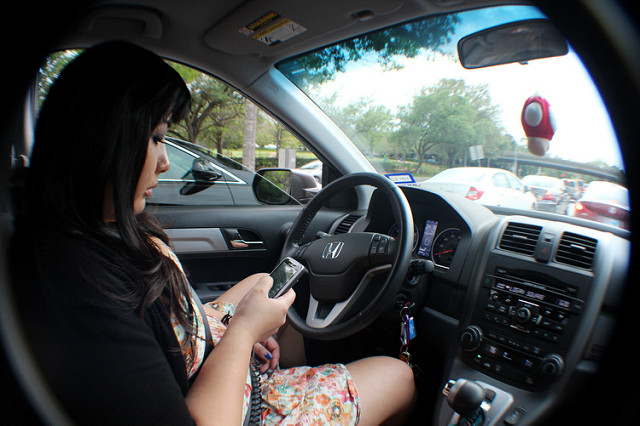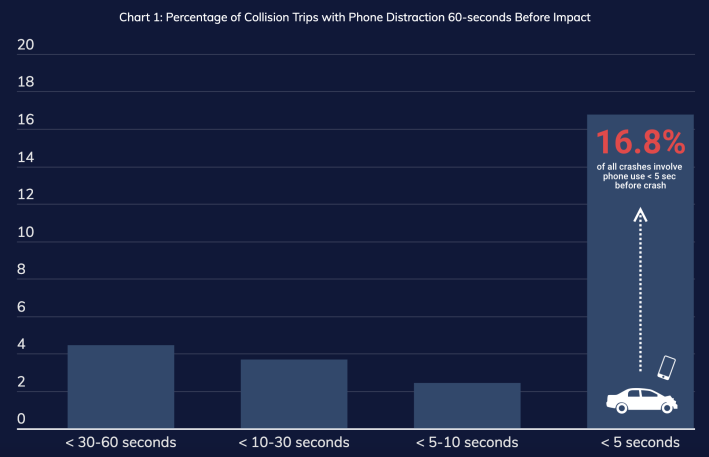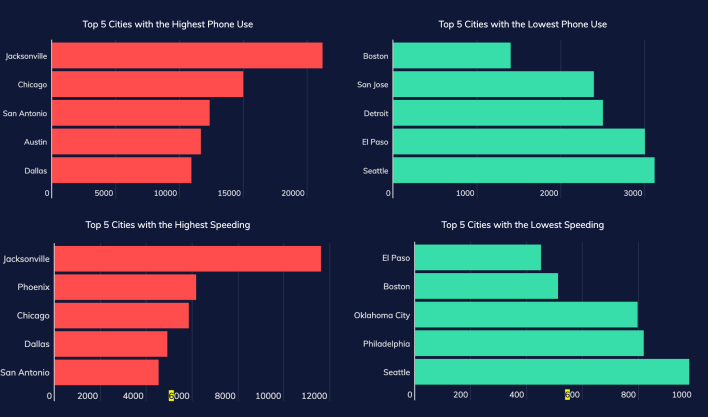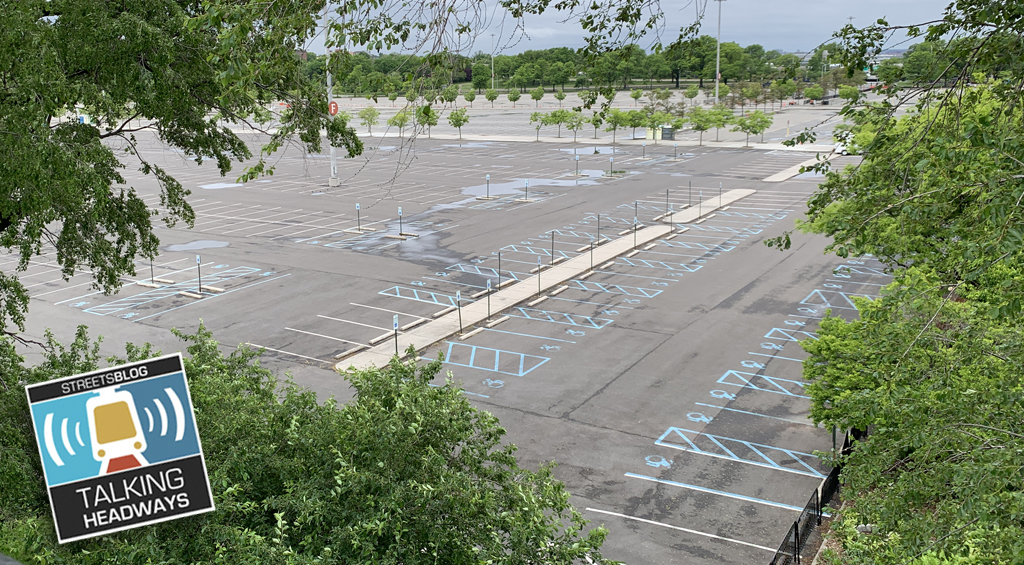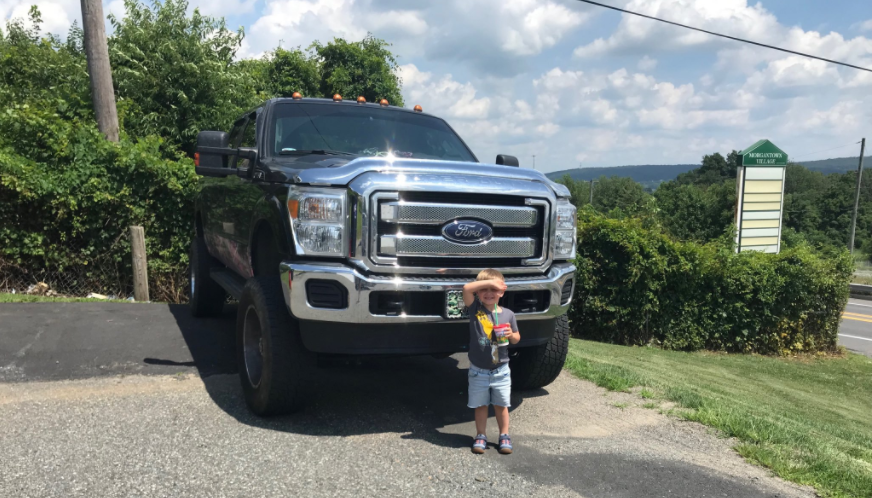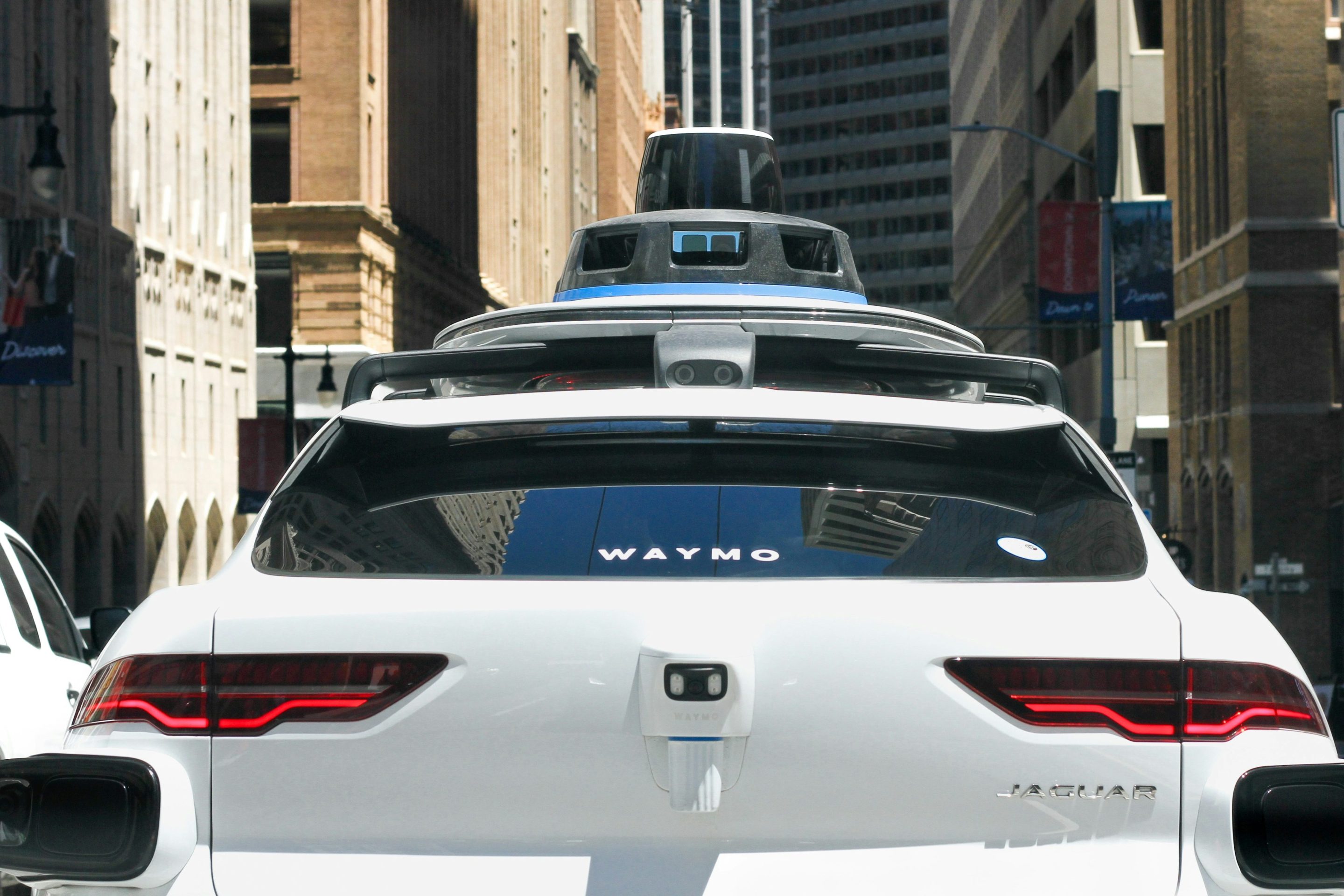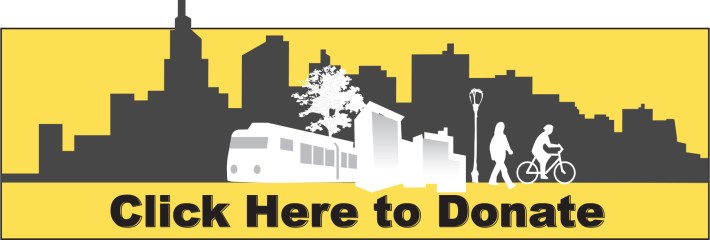
A new study of COVID-era car crashes finds that a shocking 27 percent of all drivers were using their cell phones within 60 seconds of impact — and transportation safety leaders are doing almost nothing to stop it, despite a preponderance of proven strategies that can compel us to put down our devices when we're behind the wheel.
In an analysis of 86,000 collisions that took place on U.S. roads in 2020, mobility analysis firm Zendrive found that our country's record-setting crash rates in the lockdown months usually involved dangerous distracted driving behaviors like texting behind the wheel, which is illegal in 41 states. (Memo to the nine states without or with only limited texting bans: get it together already.) Alarmingly, 16.8 percent of drivers the company studied were using their cell phones in the five seconds immediately prior to impact — and the problem got increasingly worse as the year wore on, and more and more cars returned to the road and rates of other dangerous behaviors, like speeding, dropped.
Zendrive's technology works in the background of a wide range of cell phone apps, from e-taxi software to navigation services that countless Americans use every day, so the dangerous phenomenon cuts across both commercial and civilian driving.
Those early days of COVID-19, of course, were an exceptional time for U.S. transportation. But experts reiterated that distracted driving long predates the pandemic, and the recent upheaval in travel patterns only underscores a long-standing problem.
"Distracted driving is a needless crisis, and now as we navigate increased health risks in our day-to-day, we need to prioritize safety on the road,” said Jonathan Matus, Zendrive CEO and co-founder. “We hope that sharing this data demonstrates the urgency here, and sheds light on a key to keeping our communities safer."
Of course, we know exactly how to stop drivers from scrolling Twitter when they're piloting multi-ton killing machines. We just don't do it.
Federal safety agencies could require all cars or cell phones be outfitted with technology that renders most functions unusable when the vehicle is in motion — and accept the inconvenience of stopping a passenger from sending a text as a small price to pay for saving thousands of lives every year.
We could also take the not-at-all-radical step of banning all cell phone use behind the wheel nationwide – something every single European country has done — while enhancing automated enforcement of the laws we've already got and increasing fines and license penalties, as Bermuda, the Phillipines, Qatar, and many others have already done, too.
And in the long term, we could stop allowing automakers to manufacture cars that explicitly encourage cell phone use by integrating bluetooth into on-board control centers, especially if they have touch screens — something for which top safety experts have advocated since the technology became widespread. (And no, "hands-free" cell phone tech isn't much safer.)
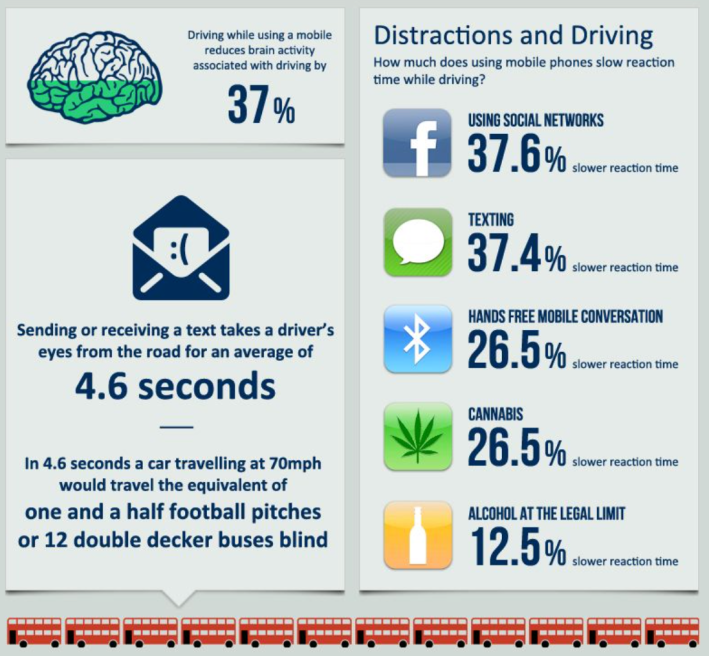
But in a country that all but requires a private vehicle and a cell phone for participation in society, enforcement and technology-based solutions may never completely quash our distracted driving problem — and increased fines, especially, risk creating unacceptable inequities for communities of color that already dangerously over-policed. Moreover, some experts think that we wouldn't need to rely on fines at all if we just redesigned our roads to encourage drivers to pay more attention to their surroundings.
"If you think of an interstate, everything about it is designed to minimize the need for drivers to think," said Bill Schultheiss, vice president and director for sustainable safety at Toole Design. "It all starts there; people think they can look at their phones because everything around them is pretty predictable, and designed for them to go fast. And [transportation engineers], as a profession, have taken a lot of those highway design principles to city streets. As people get more and more comfortable being distracted, it's going to be harder and harder to fix it."
Indeed, Zendrive's own data may suggest that cities who took quick action to calm roads during the pandemic saw their efforts pay off behind the wheel. Of the top five cities with the highest rates of cell phone use, only Austin had a significant Slow Streets program, while Chicago, San Antonio and Dallas hosted extremely modest street closure events in a handful of neighborhoods. Boston, Detroit, and Seattle, by contrast, all won plaudits for their car-limiting initiatives, and landed on the list of the top five cities whose drivers reached for their phones the least.
But even larger-scale temporary street closures can only do so much — and experts say we need foundational change, both for now and for the future beyond the coronavirus.
"There's still a pandemic, and there will continue to be one or at least another for six months before everyone is vaccinated," said Schultheiss. "But [in the road safety world,] what we're still seeing is a ton of conversation about automated vehicles, which is a much longer-range solution. There needs to be a seriousness about developing that technology, but we also have to be realistic about when it will be ready. If people, right now, are distracted 57 percent of the time they crash their cars, that's not going to get any lower anytime soon. We just need systemic change to our roadways."
Distracted walking, meanwhile, continues to not be a thing.
